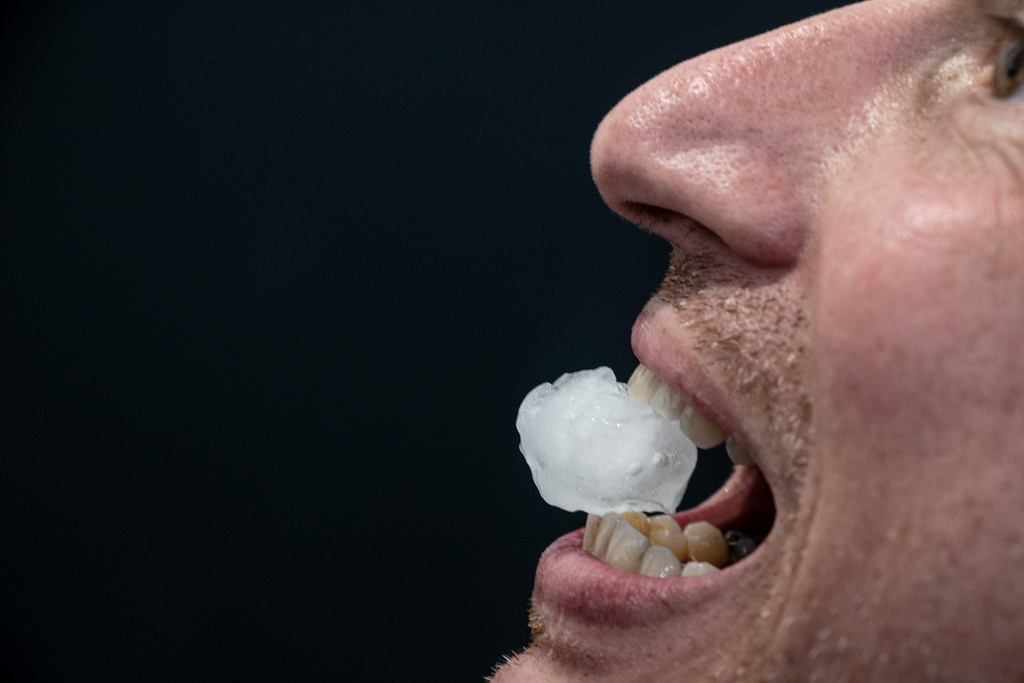Tooth sensitivity, as a symptom usually only rears its ugly head from time to time, and only in certain circumstances; hot or cold beverages, a sudden change in temperature, pressure applied to the area, salty or hard foods, or especially spicy foods can all be triggers that start the pain reaction. This sporadic nature of tooth sensitivity will make most patients just live with the pain, and not get treatment. This is a bad habit, as sensitive teeth are a sign of something failing, and are a precursor to constant dental pain. It is much worth it financially and in every other way, to go and get the teeth in question fixed while they are only sensitive and not entirely painful, and frequently can be done at home.
The causes of tooth sensitivity
Tooth sensitivity is usually caused by one of two things. One is when the tooth enamel has come off at least partially, and thus the tooth reacts all the time to the outside world and this means it will hurt from time to time. In these cases, the tooth is most likely to react to cold sensations, a sudden drop of temperature, or very spicy or acidic foods, and send pain impulses to the brain. This is usually felt as a quick, stabbing sort of pain that stabs into the tooth in question. The other situation is when there is an inflammation around or under or in the tooth itself, and the swollen soft tissues are pressing down on the nerve, making existence quite uncomfortable. This is a constant, nagging pain, which can sometimes be sharper, but is usually a dull thudding, and is usually stronger when temperatures rise or when hot foods are consumed. These two kinds of tooth sensitivity require different kinds of treatment.
How to care for sensitive teeth
If you sometimes experience a sharp pain, then the most obvious thing to do is to buy some high fluoride gel or ointment and apply it generously to the tooth that is hurting, or maybe even the entire area. These kinds of fluoride products can be found in pharmacies everywhere. These gels are absorbed by the tooth enamel, and they use the fluoride and calcium in the gel to rebuild the missing patches of tooth enamel. The tooth sensitivity should start to decrease almost immediately, but if it does not then you need to go and see your dentist, who will treat the area accordingly. More often than not no drilling is required, and the tooth enamel can be patched up in 15 minutes or so. The dentist may be able to apply gel in a manner that you could not, or to put on a stronger or otherwise more effective gel or ointment, and then write a prescription for it, or give you advice that you can then use to make sure you do not encounter the same pain reaction again, and stop the destruction of your tooth enamel, without anaesthetic or dental interventions. Beats getting filings by a longshot.
If the tooth in question is infected, the situation is somewhat more complicated. You will definitely need to go to a dentist, and usually a thorough deep cleaning session will get rid of the offending microbes, and cause the infection and inflammation to pass. If the infection is more serious, then a deep cleaning will not be enough, and you will have to go on a course of antibiotics to make sure the bacteria in your mouth are killed.
Half year check-ups
Sensitive teeth can be treated, and further sensitivity avoided if you attend your half year check-ups. Just tell your dentist which tooth is hurting, and they will deal with it right there on the spot.



